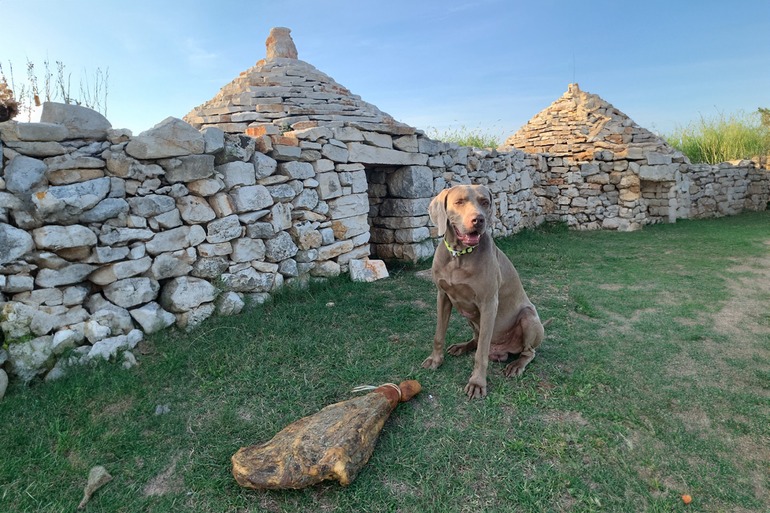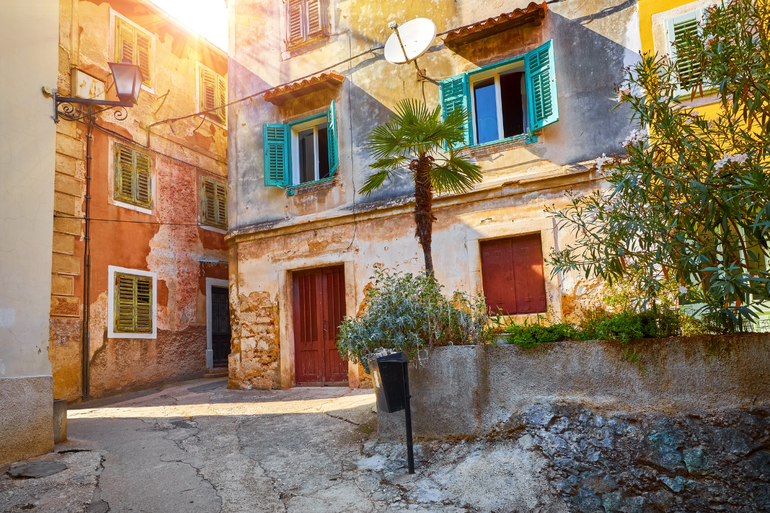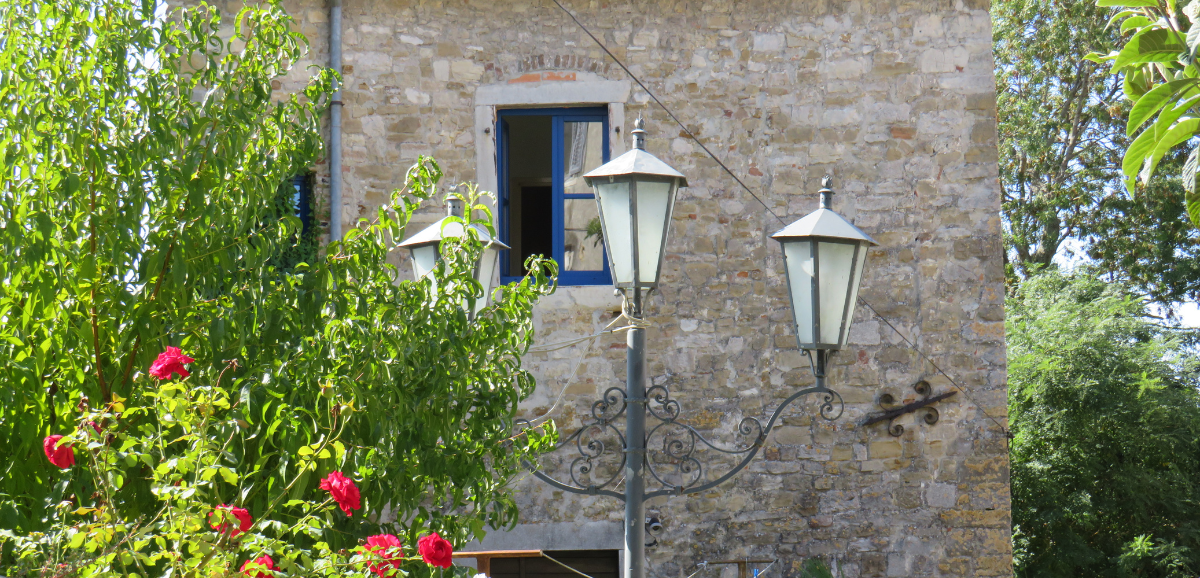Stone houses in Istria - how tradition is still respected and appreciated
The tops of the Istrian hills and charming coastal settlements reveal wonderful witnesses of the past: picturesque stone houses, huddled together as if hugging each other. And that's exactly their history - these houses have been around for many centuries, and they still stand together and fill the lives of some new people, looking forward to some new destinies.
Istrian stone houses are a perfect example of typical Mediterranean construction. Today, they are very popular as restoration buildings, mostly thanks to people who appreciate the rich history of this area, as well as the quality of craftsmanship required to build these houses.
But let's start from the beginning. How and when were these stone houses created in the first place?

History of stone houses
As for the architecture and construction of a certain region, the golden rule applies all over the world: the environment determines the style of construction and the type of materials used. In the far north of the world, wood (as an excellent insulator) and moss are still used. In our continental regions, houses were built of wood and mud with thatched roofs. And stone houses were built in Istria and all along the coast.
The reason for this is simple - stone is a material that was available (just like mud and straw in continental regions), and the characteristics of this building material are ideal for the Adriatic climate. Stone has always been easily obtained anywhere in the environment. Perhaps the best witnesses of construction with this material are dry walls, which have been present all over the coast since the Neolithic age until today.
In the Bronze Age, stone shelters similar to those of Kažu were built (see below), and over time, the construction progressed and formed the Istrian villages as we know them today. Namely, settlements appear on the tops of hills, buildings are getting bigger, during the Roman era, construction techniques reached new heights, and the arrival of the Slavs, who were already skilled stonemasons, meant the creation of these charming houses.
In the past, the houses were one-room single-story houses covered with a straw roof. Today they are a rarity and are mostly used as stables. After they got partition walls made of wattle, they also got a second floor and external staircases (baladur), which later appeared in urban settlements.
The stone houses that we find today in Istria, many of which have been renovated, most often come from the 19th century, and some of them are even older. Just like another example of traditional Istrian construction - kažuni.

What are the Istrian kazun?
Simply put, they were small conical shelters that were built in the middle of the fields so that hard workers could take shelter from the strong sun or heavy rains.
When were the first kazuns created? Historians say that back in prehistoric times, that is, before the Romans and Slavs even came to these areas. When we look at them, it is clear that they hide the ancient wisdom of building dry walls - these dwellings are built without any binding material, relying only on pure physics. And this wisdom was passed down from generation to generation, eventually leading to the "kazun boom" in the 18th and 19th centuries, when the population of Istria increased along with the need for food production.
You will hardly see kazun from the car. Namely, today they are on private properties. Nevertheless, in Vodnjan you will find the Kazun Park - an open-air museum where you can study these ancient buildings, but also try your hand at their construction.
The preservation of the kazun is just another proof that Istria values its traditional construction, so it is not strange to say that traditional stone houses have become very popular on the real estate market. What are their advantages and why are they so sought after in sales?

An escape into the past for residents and tourists
Let's be realistic, classic villas and apartments can be found anywhere.
We will see the same modern villa in Vodnjan and Vukovar. We will see the same apartment for rent in Vrsar and Varaždin. But traditional stone houses are specific to this area, and only here can they blend perfectly with the environment, without the need to emphasize their belonging. In Istria, these houses seem as if they have always been here, and that's because they are. Modern construction has numerous advantages and provides incredible comfort, but traditional construction is the first choice of those who want to connect with Istria itself.
And that's why today old stone houses, some of which are even in ruins, are bought and renovated with a lot of love and respect for this area. That is why traditional building elements, such as the use of stone, are used even in the construction of new houses and buildings. And that is why today traditional stone houses are one of the most popular choices when renting to tourists.
Namely, they visit a certain region because it attracted them for something, and that's why they didn't choose Greece, but Istria. And of course, for their accommodation, they will always prefer to choose the property that represents the wonderful area they visit.
All of the above shows the huge potential of traditional stone houses. Whether it will be a warm family house to live in, a weekend house to escape from the busy city or a profitable vacation house, a stone house is always a smart investment.






